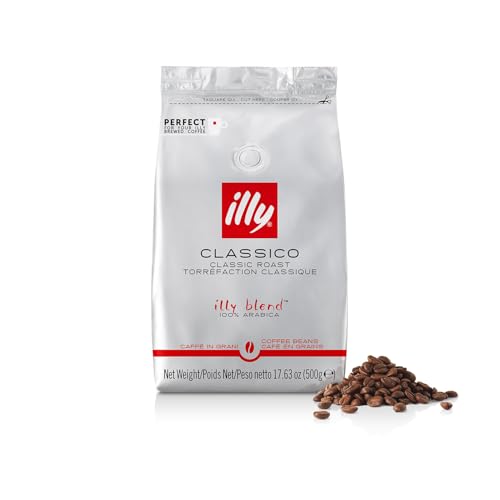Coffee Processing Methods Guide
When you drink coffee, you’re not only tasting the bean, you’re tasting the history of how it was processed. Coffee beans don’t go straight from tree to bag. They go through a critical processing method that decides their final flavor.
Let’s talk about the three most common methods: washed, natural, and honey.
Washed (Wet) Process
This process removes the outer fruit of the coffee cherry before drying the bean. The result? A bright, clean taste that highlights the bean’s inherent qualities.
- Flavor Profile: Bright acidity, high clarity, floral or citrus flavor
- Best For: Pourover, Chemex, and other methods that prioritize clarity
- Popular Origins: Colombia, Ethiopia, Kenya
Natural (Dry) Process
Beans are dried with fruit left intact, so sugars have something to infuse during drying. This gives the coffee a fruitier and heavier body.
- Flavor Profile: Jammy, winey with berry or tropical fruit flavors
- Best For: Espresso or immersion brews like French press
- Popular Origins: Ethiopia, Brazil
Honey Process
A blended process with some of the fruit mucilage left intact on the bean as it is dried. It blends the cleanliness of washed coffee with body of natural coffee.
- Flavor Profile: Balanced, sweet, syrupy with soft acidity
- Best For: Versatile, suited to use with most brewing methods
- Popular Origins: Costa Rica, El Salvador
Why It Is Important for Home Baristas
Choosing beans based on processing method provides you with the ability to tailor your brew to your taste.
- Crisp and clean like your cup? Go washed.
- Sweet and rich coffee you need? Enjoy natural.
- Balance and depth seeking? Honey might be your match.
What We Recommend
- Sample Packs by Process: Taste one of each sidebyside for comparison.
- ProcessLabeled Bags: Buy origin and process details.
- Try it with different Brew Methods: Some processes shine with certain methods.













[…] read more: How Processing Methods Affect Coffee Flavor: Washed vs Natural vs Honey […]